Chinese authorities have shared for the first time a panoramic photo of the entire structure of the Tiangong station, including three modules, solar panels, a robotic arm, and more.
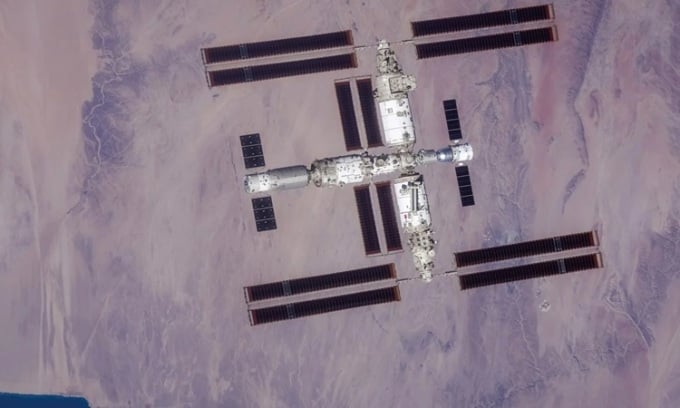
Tiangong Station in full configuration. Photo: CMSA
The photo, taken by a Shenzhou 16 astronaut from above the Tiangong space station before the spacecraft returned to Earth last month, marked a historic moment in China's three-decade-long manned space program. The photo shows the complete 90-ton T-shaped space station, complete with its massive solar panels, main robotic arm and other details, with the Earth in the background, according to Space .
The photo of the Tiangong station, a project that began in 1992 and was completed last year, was released on November 28 in Hong Kong by a representative from the China Manned Space Administration (CMSA). According to the agency, Chinese astronauts have had few opportunities to take panoramic photos of the Tiangong station through its observation window since construction began in 2021. But on October 30, after separating from the Tiangong station, the Shenzhou 16 spacecraft made a special flyby of the station, allowing the crew to take photos from a distance of several hundred meters. The photo was shared by Gui Haichao, a Chinese researcher and the first civilian astronaut to fly into space.
The image shows the symmetrical design of the space station with the Tianhe core module in the center and the Mengtian and Wentian experimental modules paired on both sides, each with a pair of 55-meter-long solar cells. The three modules were launched separately and assembled in orbit. In addition, the Shenzhou-17 spacecraft and the Tianzhou-6 cargo ship are also paired at the front and rear of the Tianhe module. The station's 10-meter-long robotic arm is located in the Wentian module. The grooves for conducting extra-station experiments on the Mengtian module are also clearly visible in the high-resolution image.
The Chinese space station weighs 20 percent of the International Space Station (ISS), the largest man-made structure in space, which orbits slightly higher than Tiangong. But Tiangong has more space for experiments and provides a more spacious environment for astronauts to live and work than the ISS. Chinese authorities are planning to expand Tiangong from its three-module T-shaped structure to a six-module cross-shaped structure in the coming years.
The expanded space station is expected to weigh about 180 tons in low Earth orbit. Tiangong is currently in the development phase, which could last at least 10 years. Meanwhile, the ISS will operate until 2030, and NASA says it could cost $1 billion to destroy.
An Khang (According to Space )
Source link




![[Photo] Ho Chi Minh City: Many people release flower lanterns to celebrate Buddha's Birthday](https://vphoto.vietnam.vn/thumb/1200x675/vietnam/resource/IMAGE/2025/5/10/5d57dc648c0f46ffa3b22a3e6e3eac3e)

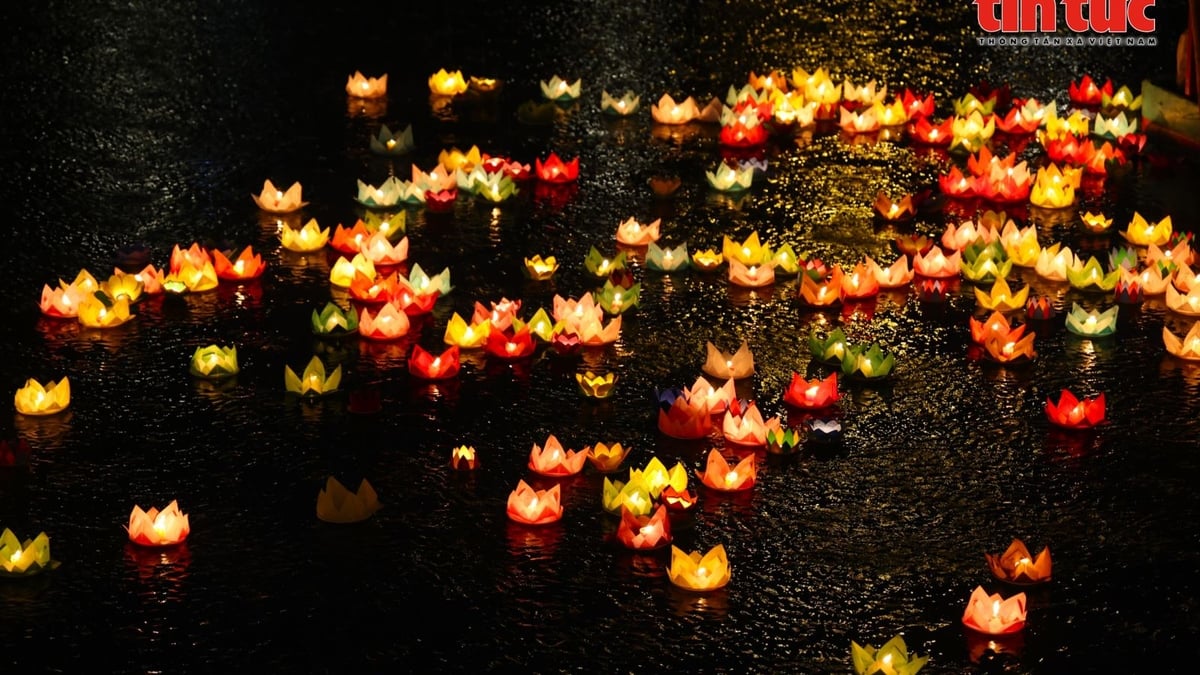
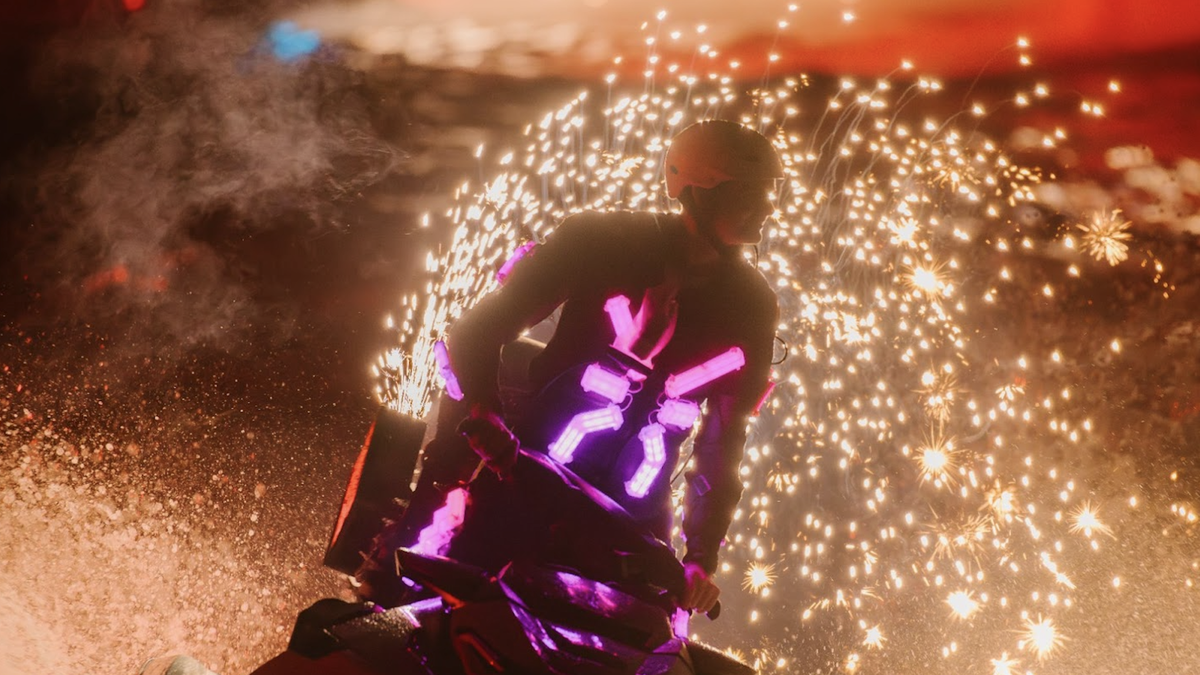
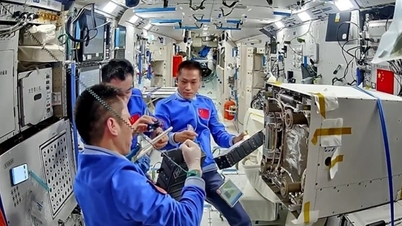


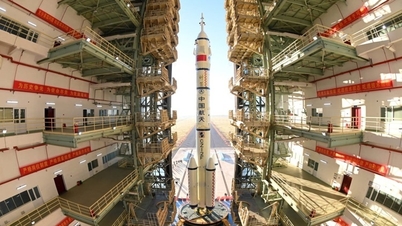

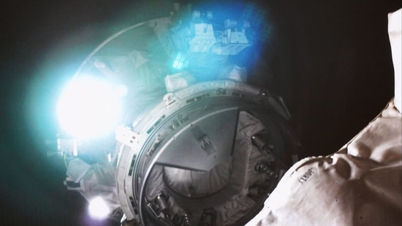




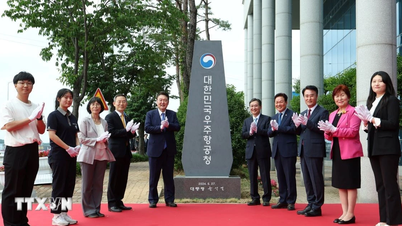
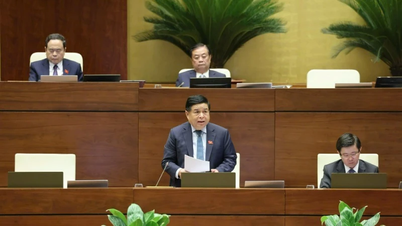






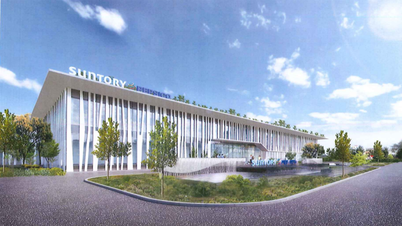



![[Photo] General Secretary To Lam meets with Chairman of the Federation Council, Parliament of the Russian Federation](https://vphoto.vietnam.vn/thumb/1200x675/vietnam/resource/IMAGE/2025/5/10/2c37f1980bdc48c4a04ca24b5f544b33)


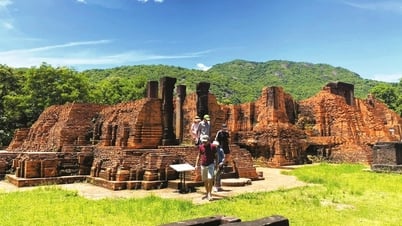





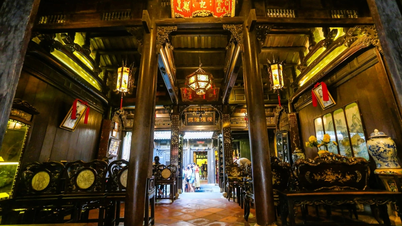
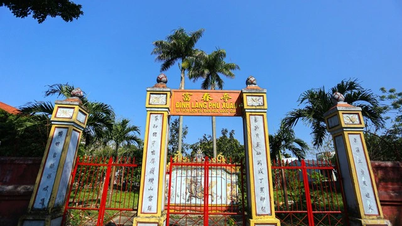







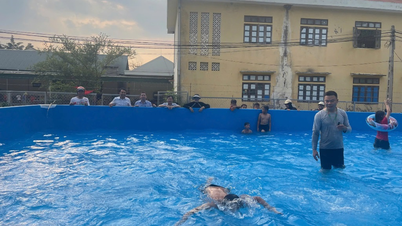












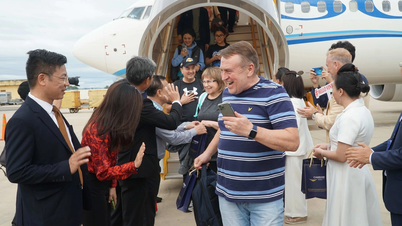





















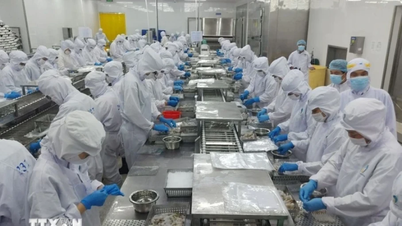

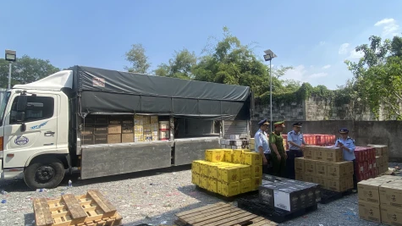




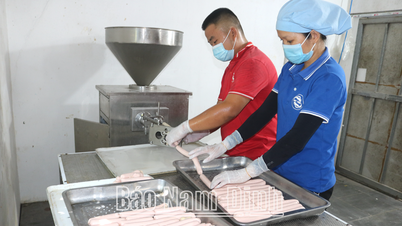








Comment (0)